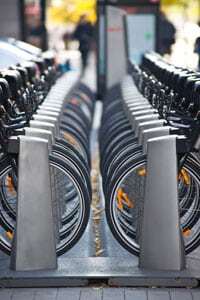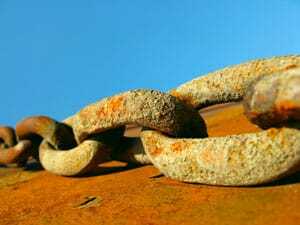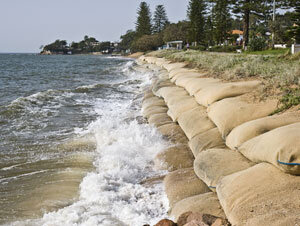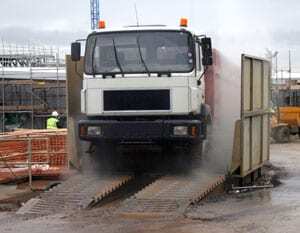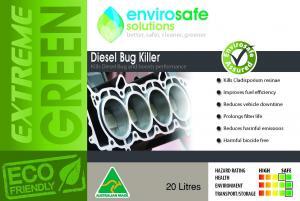Over the past few months Envirosafe Solutions has been keeping a watchful eye on the United Nations Environment Programme,(UNEP) which aims to “provide leadership and encourage partnership in caring for the environment by inspiring, informing and enabling nations and peoples to improve their quality of life without compromising that of future generations.”[1] UNEP incorporates a number of agencies, advisory groups and partnerships and seeks to combine these in an accessible and proactive manner that serves the global environment and population. UNEP states that its core “objective is to serve as an authoritative advocate for the global environment dimension of sustainable development within the UN system.”[2]
In 2010, UNEP’s annual report catalogued and announced the beginnings of a new transformative and changing direction. This Medium Term Strategy, as it is known embraces the period 2010-2013 and outlines significant strategic planning approaches in 6 key areas. These are:
- Climate change
- Disasters and conflict
- Ecosystem management
- Environmental governance
- Harmful substances and hazardous waste
- Resource efficiency
- Sustainable consumption and production
The report also focused on these issues against a backdrop of increasing natural disasters and tumultuous weather patterns which included the Haiti earthquake. It also sought to develop an advisory role for nations keen to evolve towards greener and more sustainable economies.
Harmful Substances
The issue of harmful substances is a fact of everyday modern life, and today, there are over 100,000 different substances in use. These play a vital role in industry, business, production and the modern world, and yet mitigating their deleterious effects is essential given the current environmental issues facing mankind. UNEP has four specific goals that are central to its harmful substances management approach:
- Scientific assessments – these are conducted globally by UNEP
- Legal instruments – assisting governments to “develop appropriate policy and control systems for harmful substances
- National implementation – methodologies, tools, technical aid to help countries activate, finance and design harmful substance/hazardous waste strategies
- Monitoring and evaluation – promotion of best practice to help countries monitor and report on their national programme.
The work implemented by UNEP on the global level can only be successful with the proactive cooperation of organisations that are placing environmental change at the forefront of their business schemes and methods.
Many of these key areas are incorporated into the Envirosafe Solutions business model and product approach. Its eco-friendly liquid products and its Extreme Green range are designed and manufactured with the reduction of harmful substances and hazardous waste, climate change and sustainable consumption and production in mind. This green model has been well considered and mapped, and Envirosafe Solutions is proud of its adherence to these issues. For more information on their range of products call 1300 889070 .
[1] http:www.unep.org/Documents.Multilingual/Default.asp?DocumentID=43
[2] http://www.unep.org/publications/contents/pub_details_search.asp?ID=4186









